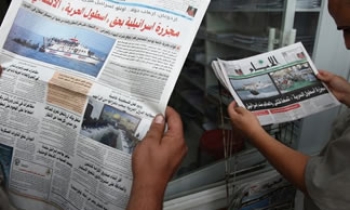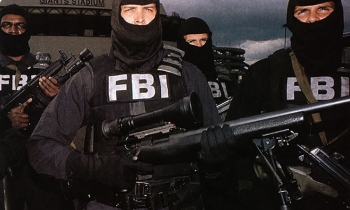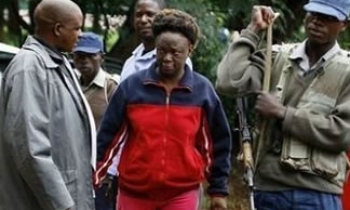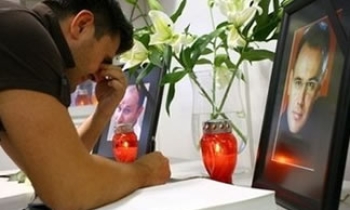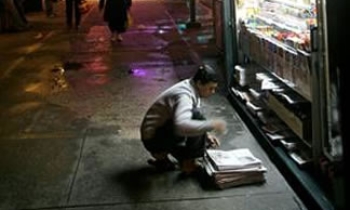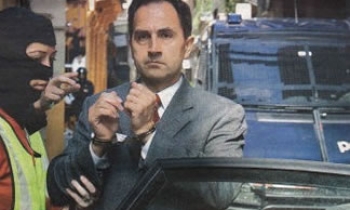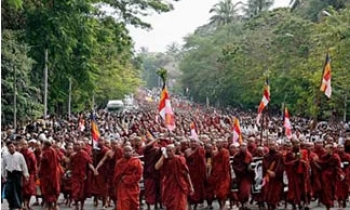MUMBAI: While IOS will be the first measurement initiative in the out-of-home (OOH) space, RAM will compete with Indian Listenership Track (ILT) from MRUC - a quarterly service which uses the day-after-recall (DAR) method.
The need for measurement of the two media becomes critical, considering that with phase II of FM Radio licensing, the number of FM stations is set to touch 266 by end-2007. And according to PwC, OOH advertising in set to grow at 17% CAGR from its current size of Rs 10 billion to Rs 21.5 billion by 2010.
However, a 2007 Madison Media study shows that although outdoor spends touched Rs 1,000 crore in 2006, as a percentage it was lower (6.9%) than the 2005 figure of 7.3%. Says Sameer Suneja, head - marketing, Perfetti Van Melle India: “Radio and outdoor can grow only if the advertiser feels comfortable about their efficacy. Measurement tools will give confidence to the advertiser.”
Few understand this better than media owners themselves. According to Kaushik Ghosh, senior VP - marketing, Radio Mirchi, prior to ILT, media agencies and advertisers often turned to surrogate - but flawed - measurements like NRS and IRS. For example, NRS captures only weekly listenership data, which doesn’t distinguish between someone listening to radio one day and listening all seven days. Also NRS-IRS results come in once in six months, forcing media owners to invest in independent research.
“Continuous measurement coupled with recency of the data will help advertisers as well as broadcasters take corrective steps on a continuous basis, which will bolster category growth,” says Tarun Katial, COO, BIG 92.7 FM. In the absence of independent measurement systems, media owners have often invested in their own research to compare themselves to the competition, but the industry is in agreement that this is a less than ideal option.
As different research agencies use proprietary tools to evaluate the media, the CPRP and return on investment (ROI) may differ from research to research, confusing marketers even more and pushing down the media owners’ credibility.
Lack of measurement in outdoor poses problems pertaining to reach, impact and ROI. “This has led to potential advertisers shying away or allocating frugal spends.
The resultant effect has been far reaching, with an influx of traders, no sanctity of rates, increased fragmentation and lack of synergies,” says Adille J Sumariwalla, CMD, Clear Channel Communications. Also, there is no basis to evaluate sites at the same location as factors such as line of sight and angle of vision haven’t been measured.
“This leads to gut-feel and relationship-based buying, and media owners are forced to cut prices,” says Farid Kureshi, COO, Times OOH. Sam Balsara, CMD, Madison Communications (which owns outdoor division MOMS), adds that with measurement, demand and price for better sites would go up while that for poorer sites will see a drop.
The upside of measurement is evident in the satellite TV boom. According to LV Krishnan, CEO, TAM India, from 1991 to 1993 quite a few C&S channels went on air but very few made money. But once measurement was in place, advertising on C&S channels multiplied, and advertising revenues went up from Rs 1,500 crore to Rs 6,500 crore in slightly over a decade. Also, the terrestrial-to-satellite ad ratio shifted from 85:15 to 16:84.
While everyone welcomes measurability in radio and outdoor, niggling issues still need to be ironed out. Balsara thinks it’s too early to comment on the efficacy of IOS tool and feels media planners and advertisers will wait and watch.
But in his opinion, MRUC should concentrate on the four major Indian cities as they contribute to the bulk of the outdoor ad pie. He also thinks aspects like proper listing and grading of all sites need to be tackled. Roda Mehta, chairperson - technical committee, MRUC, says that in developed markets, formats are standardised and urban environs are regulated, but in India neither is the case.
Outdoor media placements are haphazard and structures come up on pavements and roads unilaterally, and hence parameters that determine visibility for site overseas cannot be adopted in toto, she says. Mehta points out that the nature of the roads in Mumbai and Chennai are very different, yet a common measurement system is required. MRUC is currently looking into every parameter.
With radio measurement, industry sources feel that the main drawback of ILT is that it is not panel-based; that is, the respondent is not the same for each data collection cycle. Yet, the diary method is likely to run into several problems as well.
For example, with the higher SECs, there is a reluctance to participate in surveys because of a lack of time, while those in the lower SECs (C, D and E) may not be able to fill up the diary properly. However, Krishnan brushes aside such concerns saying that RAM has a team of Quality Control panel experts who supervise the panel respondents for quality data.
It’s too early to say whether these tools can meet expectations, but Welde thinks that as long as the data is scientifically validated with rigorous quality control mechanisms and the lowest degree of manual intervention, the tools will be by and large acceptable.
Industry sources also feel that a clearer picture will emerge after the results of the study commissioned by MRUC to test which method is better for radio - Day After Recall or the diary method - is out by end-July.
Ultimately though, everyone acknowledges that measurement cannot be treated as gospel. “Advertisers have to look at trends rather than absolute numbers,” says Perfetti’s Suneja. Tina Singh, head, corporate brand group, ICICI Bank, adds that every marketer instinctively knows that outdoor lends good visibility in focus markets, and also serves as a great reminder medium at low cost.
“If this qualitative appreciation of the media can be supported by quantitative data, more marketers would jump in,” she says. While Ghosh of Mirchi thinks measurement can dispel some biases that creep into media investments, Balsara says that “only data can convert non-believers into believers”.
Even as measurement of specific media gains currency, there’s a demand for a single-point measurement system across media. For instance, ITC’s Rajgopal thinks current media research data is too siloed and single source data that gauges the kind of composite media behaviour of a consumer at a particular point in time is the need of the hour. “It’s time tools that measure multi-media usage are developed,” he says.

